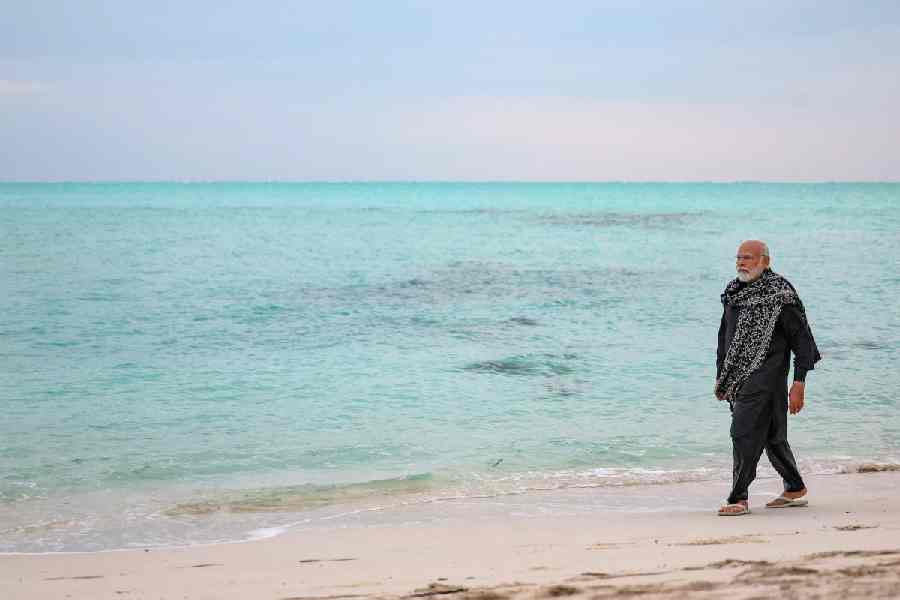Idyllic vacation spots, ironically, can cause quite a bit of stress. This is evidenced by the war of words between Male and New Delhi that put Lakshadweep at the centre stage. It began when the prime minister, Narendra Modi, posted images of his visit to the serene beaches of Lakshadweep recently. This left some junior ministers in the Maldives — tourism makes up more than one quarter of that island nation’s economy — threatened by an anticipated dip in tourists: Indians, after all, accounted for 11.2% of the total visitors to the Maldives last year. Their unwarranted retaliation and unsavoury comments against the Indian prime minister ignited a ‘Boycott Maldives’ trend among Indians who, with more than generous help from celebrities and travel firms, discovered, quite suddenly, the charms of Lakshadweep and other scenic spots in their country.
But this collective enthusiasm has triggered anxiety not only among tourism experts and planners but also scientists and researchers. The former are worried that Lakshadweep’s rudimentary infrastructure is not prepared to support hordes of tourists. The islands are, at present, equipped to service its 60,000-plus local residents. The latter’s reservations are even more important. Scientists argue that the influx of tourists is likely to enhance Lakshadweep’s ecological fragility and intensify attendant anthropogenic shocks. Notably, a collective of scientists had requested the then president to withdraw the draft of the Lakshadweep Development Authority Regulation, 2021, which sought to transform the islands into a tourist hub. The intervention was not unwarranted. The archipelago has witnessed four major El Niño-Southern Oscillation-related temperature anomalies in the past two decades and three catastrophic cyclones in the last four years, resulting in widespread coral bleaching and mortality.
But the government appears hell-bent on deepening tourists’ imprint on India’s emerald islands. Lakshadweep figures prominently in the Swadesh Darshan 2.0 initiative. During his visit, Mr Modi announced substantial investments. It would be interesting to see what portion of these funds is invested in protecting Lakshadweep’s threatened ecology and — this is equally important — encouraging responsible tourism practices. The latter must not be ignored. According to some estimates, 10 world heritage sites along with 550,000 wild animals worldwide have suffered the consequences of irresponsible — predatory — tourism. The ruining — civic, ecological and aesthetic — of some of India’s erstwhile scenic places — in Uttarakhand, Himachal Pradesh, the Andamans or, for that matter, Darjeeling, Bengal’s Queen of the Hills — are tragic testimonies to the myopia that grips policy when it comes to advocating a fine balance between tourism and the need to conserve local ecosystems.
But an apathetic State is not the only one to blame. Modern tourism has been reduced to a grotesque endeavour characterised by consumption and self-absorption. Consequently, awareness of and empathy/respect for the challenge to the sustainability of local landscapes, their cultures, sensibilities and quiet traditions remain elusive to the visitor with deep pockets. These are some of the serious questions that Indians must ponder before making a beeline towards idylls — domestic or international — if these idylls are to survive for posterity.










